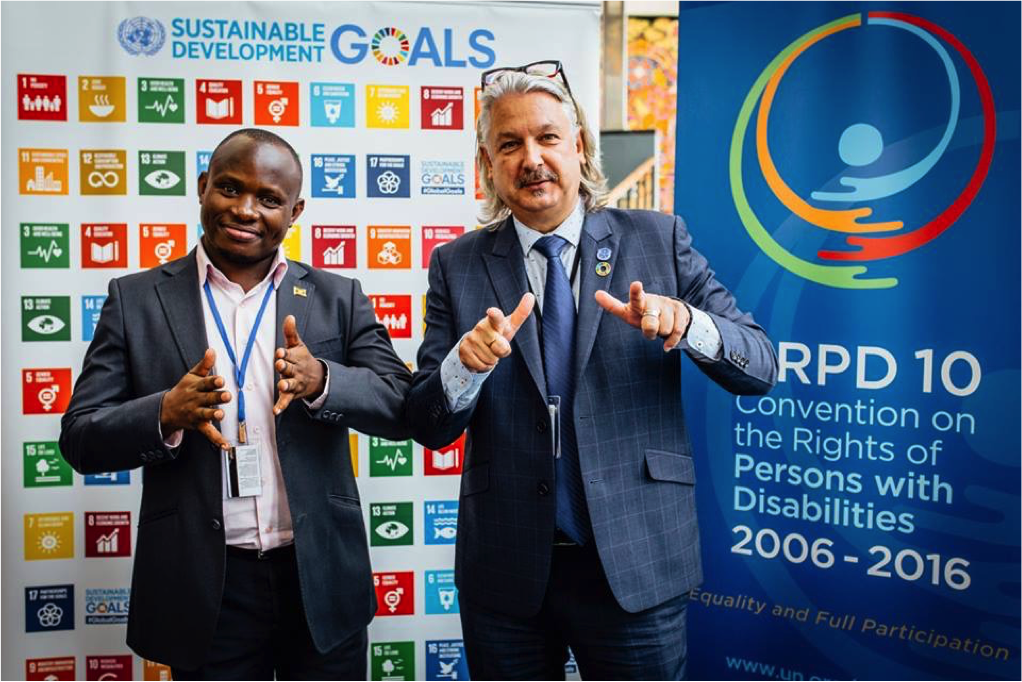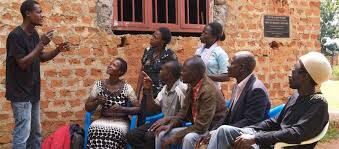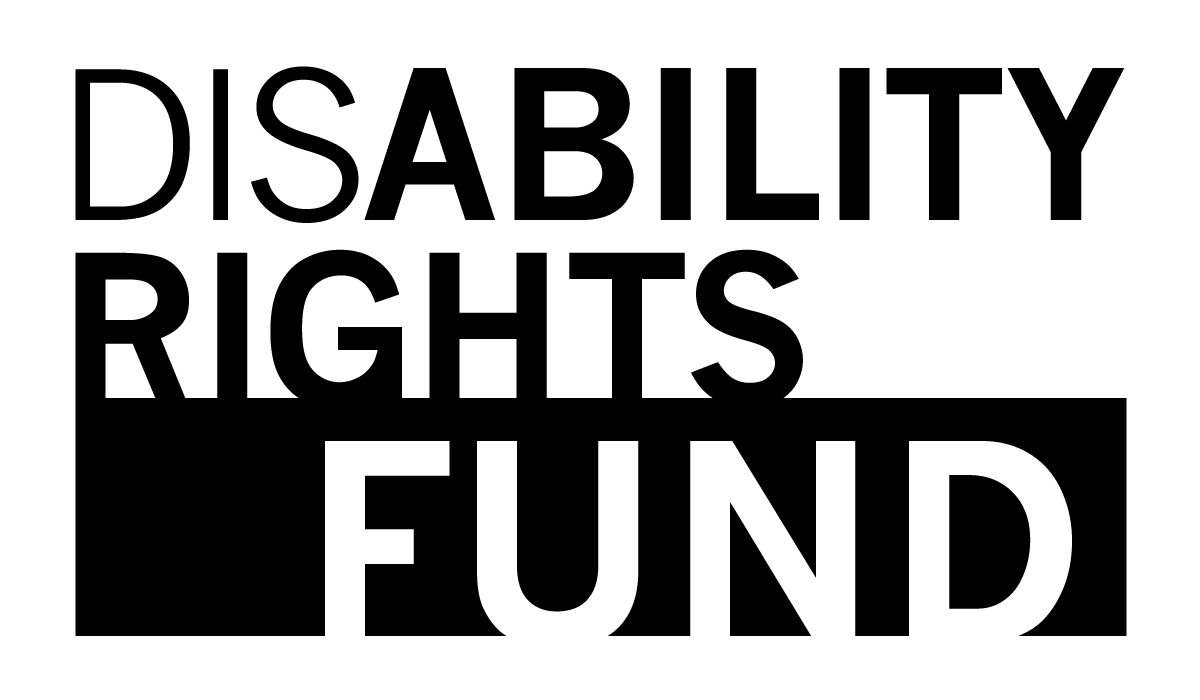By Yumi Sera

Most States are making significant investments to develop frameworks and national plans within their countries as well as in their international development strategies. However, governments often ignore or inadvertently leave behind persons with disabilities.
All persons with disabilities — and particularly those from underrepresented groups — in rural and urban areas, including persons with psychosocial, intellectual and developmental disabilities, as well as children, women, older persons and indigenous persons with disabilities — must have equal opportunities to contribute to sustainable development if the Sustainable Development Goals are going to be realized.
From the HLPF submission by the Stakeholder Group of Persons with Disabilities
At the Disability Rights Fund, we have a bold vision: a world where persons with disabilities fully participate in society and enjoy equal rights and opportunities on an equal basis with others. Since our first year of grantmaking in 2008, we have funded disabled persons organizations across the developing world, including in Uganda.
During a meeting in June at the UN’s High Level Political Forum, I interviewed Ambrose Murangira, the head of the Uganda National Association of the Deaf (UNAD), about what it means to works towards this vision in his own country.
Read about Ambrose’s journey to the UN High Level Political Forum in New York
Uganda has one of the most vibrant disability movements in Africa. Disabled persons organizations (DPOs) have mobilized to change policies at the national and district levels, reached out to rural and marginalized populations, and worked on specific issues such as access to justice and inclusive education. They have raised their voices at the global level to ensure that the realities for persons with disabilities is reflected in international processes.
Read about the Ugandan DPOs, led by NUDIPU, at the Committee on the CRPD
In our interview, Ambrose outlined five strategies of how they are driving the agenda for sustainable change. These strategies are relevant not only for the disability movement in Uganda, but also to human rights and social justice movement builders worldwide.
(1) COMMON GOAL. In the past, DPOs were single-issue focused and worked on separate projects. Now, DPOs are working towards a common goal, which brings unity to the disability movement. Ambrose explained,
“Government officials would get confused — one week they’d hear about the needs of the Deaf people, next about the needs of women with disabilities, next from wheelchair users, and so on. They would be too overwhelmed to react. DPOs competed with one another for attention and funding. Now, DPOs are aiming to present clearer messages and a coordinated advocacy agenda to government and policy makers.”
Read the story about the unity of the Indonesian disability movement
(2) PARTNERSHIPS. Along with a common goal, DPOs are working in partnerships, which create a sense of shared ownership, roles, and responsibilities. Ambrose explained,
“In the past, DPOs would talk to the choir, amongst ourselves. Now, we are partnering with other civil society organizations and being invited to thematic forums where we provide our perspectives on sectoral areas such as education and employment, areas that matter to persons with disabilities.”
(3) FOCUS AND PATIENCE. Long term systems change and working with government bureaucracies takes patience. Educating policy makers — especially considering constant changes in leadership and priorities — takes time. Advocates are often put in a position where they must educate and re-educate policy makers. Ambrose explained,
“Our challenge has not just been to build our own capacity as DPOs, but also to raise awareness of our government representatives. In the next few years, we need to remain focused and produce relevant position papers reflecting the Sustainable Development Goals to continue to educate our responsible officials.”
(4) PARTICIPATION. Raising awareness is not enough. Consultation and participation of persons with disabilities are key to achieving rights, according to Article 29 of the CRPD, State parties shall undertake to:
Promote actively an environment in which persons with disabilities can effectively and fully participate in the conduct of public affairs, without discrimination and on an equal basis with others, and encourage their participation in public affairs…
(5) LEAVE NO ONE BEHIND. Inclusion of marginalized groups within the disability movement needs to be a priority. In Uganda, this includes persons with disabilities who live in rural areas and who have no access to services or education. It also means the inclusion of people such as women with disabilities, people with albinism, the Deafblind and Little Persons.

About the Ugandan National Association of the Deaf (UNAD)
UNAD is one of the oldest disabled persons organizations in Uganda and advocates for the rights of the Deaf. It grew from a small association in 1973 to an operation working in 81 out of 122 districts of Uganda. The Disability Rights Fund has funded UNAD since 2008 and over that time, they have implemented both Small Grants and National Coalition projects.
In 2015, UNAD received the second year of a Disability Rights Advocacy grant to lead a national coalition to advocate for the passage of a CRPD-compliant Persons with Disabilities (Amendment) Act and to develop regulations to guide its implementation by various ministries. The National Coalition partners include the Legal Action for Persons with Disabilities and Mental Health Uganda.
Yumi Sera is DRF’s Director of Partnerships and Communications
